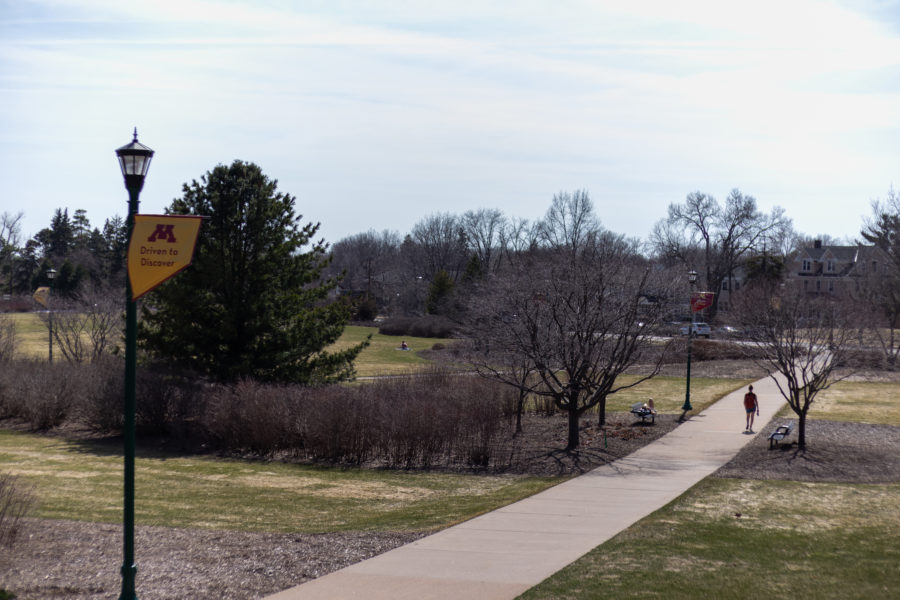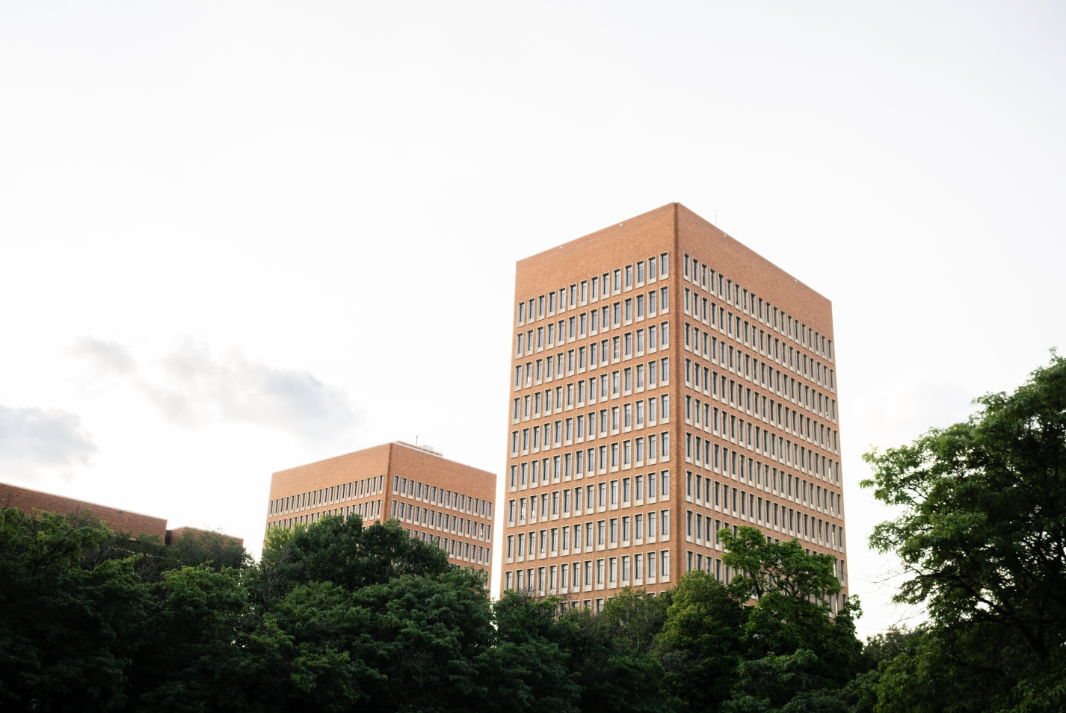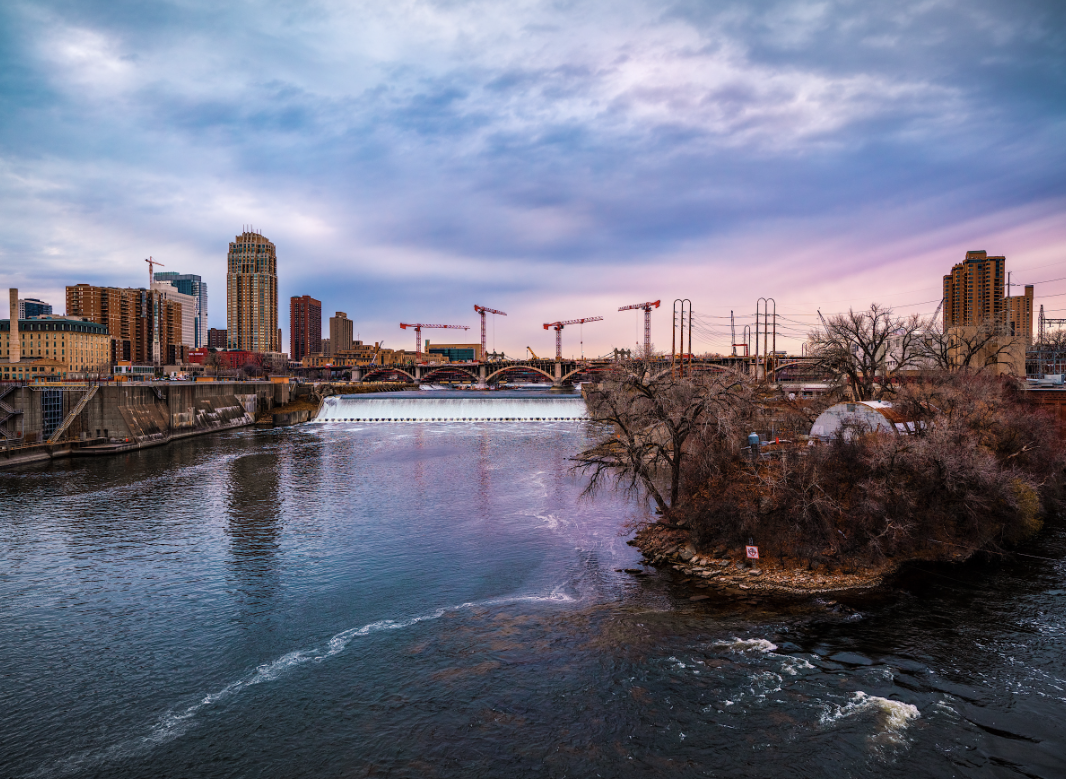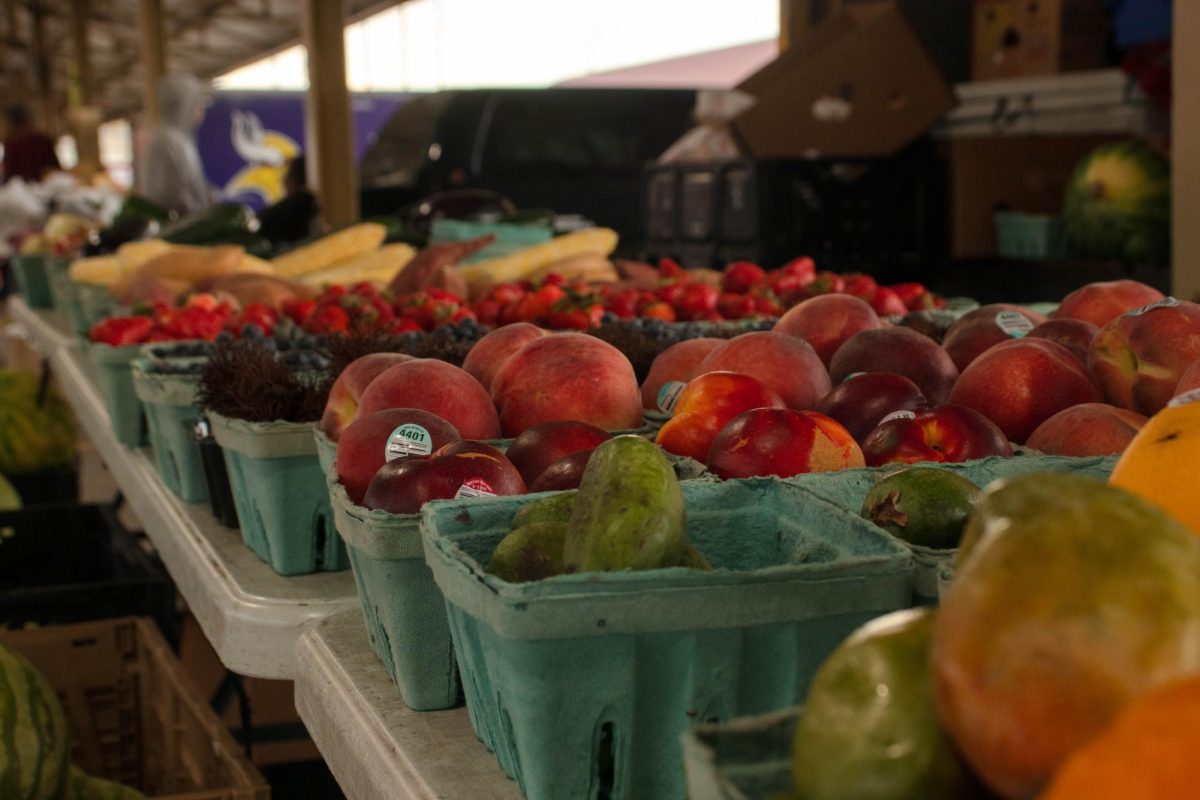As a long-awaited spring arrives in the Twin Cities, many people have been enjoying the weather on the University of Minnesota campus’s sprawling lawns and tree-covered areas.
The campus has an abundance of well-used urban green space. Students and faculty in the University’s forestry department have been working for more than five years to increase access to this biodiversity through the Campus Arboretum Project.
The arboretum project, which treats the entire Twin Cities campus as an arboretum, will be officially presented to the University on May 1.
“We recognize that, as opposed to a typical definition of an arboretum, which is a collection of trees, shrubs and plants, that this was going to have a much broader perspective,” University forestry professor Gary Johnson said.
As a separate program from the Minnesota Landscape Arboretum in Chaska, this new project will highlight the biodiversity of the Twin Cities campuses through the creation of electronic maps and learning materials. In addition to the West Bank’s shoe tree and elm trees on the Northrop Mall, the arboretum will encompass other green spaces that are not as widely known.
There are currently resources that lay out significant campus trees, but the new project will offer a more extensive scope of biodiverse areas on campus that include designated plant communities, areas that hold certain significance and areas that are sacred or special to individuals. Community members will have access to forms where they can participate in the establishment of these spaces and submit nominations.
“The initial map of the arboretum is fairly sparse, and for good reason,” Johnson said. “We didn’t want to design something and say ‘this is it.’ We wanted something that would be dynamic.”
Community collaboration in arboretum creation
Since 2019, Johnson has been organizing the project through conversations with University Landcare and surrounding neighborhood communities, in addition to integrating his work into an upper level forestry course.
Students in Johnson’s class, “Urban Forest Management: Managing Green Spaces for People,” have been tasked with developing ways to engage with the community on mapping out the arboretum and hosting townhalls.
Theo Keenan, a student in the class, is in the town hall organization group, where they helped host a community event in March. Keenan said they believe it has been a good opportunity for the University to connect with the surrounding neighborhoods.
“There’s a responsibility of the University as a land grant institution to be open to the community,” Keenan said. “The University of Minnesota has the resources to really double down and engage, and that’s something that people who work within urban forestry are very much willing to do.”
University Landcare has supported the campus arboretum through sharing data about campus tree inventories, according to Assistant Director of Landcare Tom Ritzer. Currently, there are roughly 11,000 trees on the Twin Cities campuses that Landcare actively manages.
“Getting information out about trees and highlighting them is a great idea,” Ritzer said.
Arboretum’s mental health impacts
During the planning process, Johnson said he has worked closely with faculty across departments, including plant pathology, entomology, horticulture and ecology, as well as the School of Nursing.
Erica Timko Olson, a clinical assistant professor in the School of Nursing, studies the impact urban greenspaces have on mental health and has consulted Johnson on the arboretum.
Access to biodiverse spaces has various benefits for physical and mental health. In areas with increased tree coverage, there are decreased rates of type 2 diabetes, asthma and blood pressure, according to Timko Olson.
Incorporating nature into college campuses is particularly important considering the impacts it has on student mental health, Timko Olson said. Exposure to green space in urban areas decreases depression, anxiety and ADHD, in addition to increasing one’s mood
“The mental health decline that we have seen in the last 15 years long before COVID happened has been significant,” Timko Olson said. “The mental health system can’t keep up with the needs … we need to think about alternate deliveries of care that can be meaningful, beneficial, cost effective and really meet people where they are in their communities.”
Johnson said he hopes the establishment of the Campus Arboretum will help the University earn the status of a Tree Campus Higher Education, a recognition program run by the Arbor Day Foundation to help universities grow their green spaces.
Minnesota has the fewest campuses that hold this title out of all states in the Midwest.
Johnson said he hopes the Campus Arboretum will make the University’s biodiversity more accessible to the community and the public.
“It’s a project to celebrate what we have at the Twin Cities campus by developing a very dynamic and engaging place to learn, teach, relax and celebrate,” Johnson said.



























